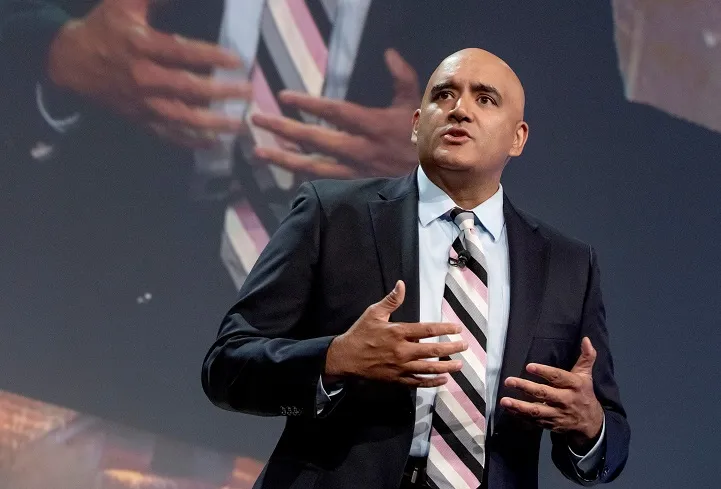The International Bridge, Tunnel and Turnpike Association (IBTTA) has applauded the Senate Environment and Public Works (EPW) Committee’s introduction of its surface transportation reauthorisation legislation titled the Developing a Reliable and Innovative Vision for the Economy (DRIVE) Act.
It has joined twelve other organisations, including the American Association of State Highway and Transportation Officials, American Road & Transportation Builders Association, ITS America and the US Tolling Coalitio
June 26, 2015
Read time: 2 mins
The 3804 International Bridge, Tunnel and Turnpike Association (IBTTA) has applauded the Senate Environment and Public Works (EPW) Committee’s introduction of its surface transportation reauthorisation legislation titled the Developing a Reliable and Innovative Vision for the Economy (DRIVE) Act.
It has joined twelve other organisations, including the4944 American Association of State Highway and Transportation Officials, 5565 American Road & Transportation Builders Association, 560 ITS America and the 5514 US Tolling Coalition in support of Section 1021 Tolling Provisions.
Patrick D. Jones, executive director and CEO of IBTTA, said: “We commend the committee for working on a bill that will give greater certainty to the states as they implement their surface transportation plans.”
IBTTA expressed strong support for Section 1021 (Interstate System Reconstruction and Rehabilitation pilot program) of the DRIVE Act which would allow States to consider the use of tolls for the reconstruction and rehabilitation of the interstate system in their respective states. In addition, this section streamlines the process for approval and implementation of the pilot program – allowing states to move forward once they have met the requirements and are ready to do so.
He went on, “With limited federal revenues available to support our nation’s infrastructure, it only makes sense to give states the ability to choose the best way to pay for reconstruction and rehabilitation of the vital Interstate System within their borders. This flexibility, offered to a small number of states, provides a potential pathway to address the high-costs associated with Interstate System reconstruction and rehabilitation projects in some States – projects that might otherwise languish for lack of adequate funding.”
“We look forward to working with both Houses of Congress to forge a long-term transportation bill that promotes safety, greater mobility and productivity on the highways and provides a sustainable, predictable and long-term source of funding for the federal-aid highway program,” Jones said.
It has joined twelve other organisations, including the
Patrick D. Jones, executive director and CEO of IBTTA, said: “We commend the committee for working on a bill that will give greater certainty to the states as they implement their surface transportation plans.”
IBTTA expressed strong support for Section 1021 (Interstate System Reconstruction and Rehabilitation pilot program) of the DRIVE Act which would allow States to consider the use of tolls for the reconstruction and rehabilitation of the interstate system in their respective states. In addition, this section streamlines the process for approval and implementation of the pilot program – allowing states to move forward once they have met the requirements and are ready to do so.
He went on, “With limited federal revenues available to support our nation’s infrastructure, it only makes sense to give states the ability to choose the best way to pay for reconstruction and rehabilitation of the vital Interstate System within their borders. This flexibility, offered to a small number of states, provides a potential pathway to address the high-costs associated with Interstate System reconstruction and rehabilitation projects in some States – projects that might otherwise languish for lack of adequate funding.”
“We look forward to working with both Houses of Congress to forge a long-term transportation bill that promotes safety, greater mobility and productivity on the highways and provides a sustainable, predictable and long-term source of funding for the federal-aid highway program,” Jones said.










